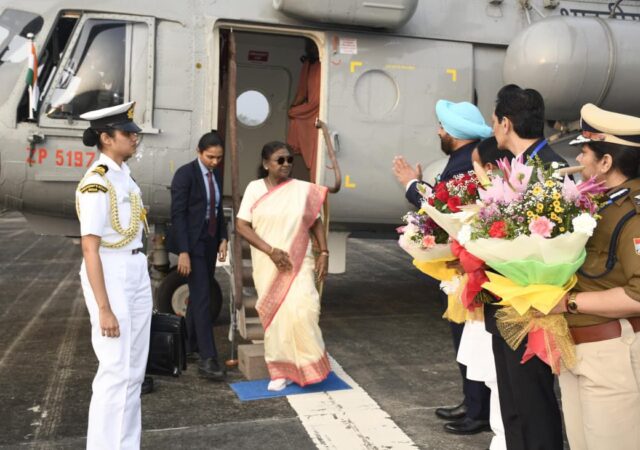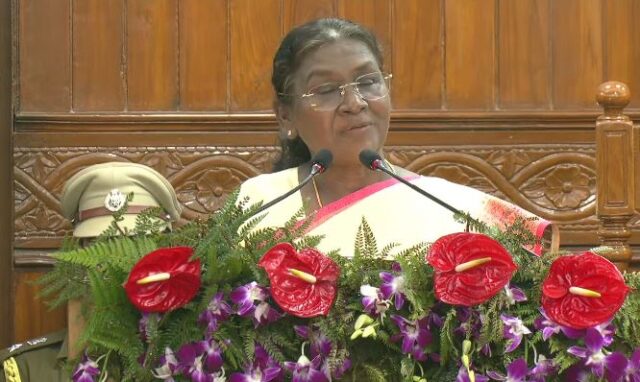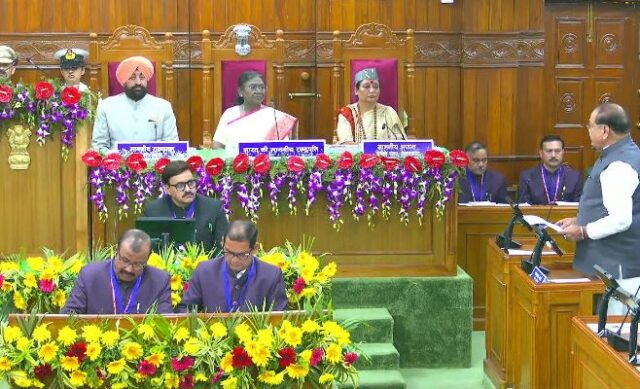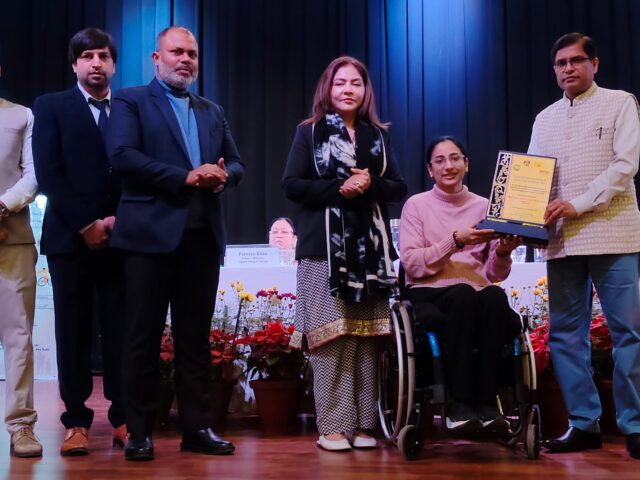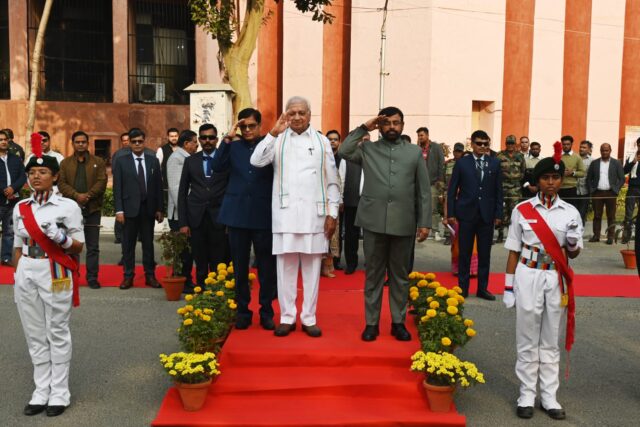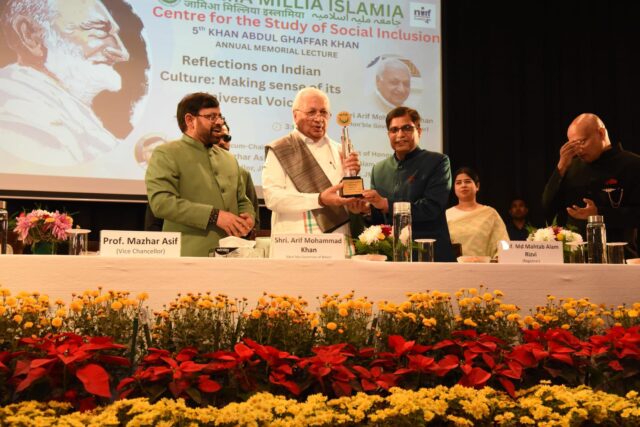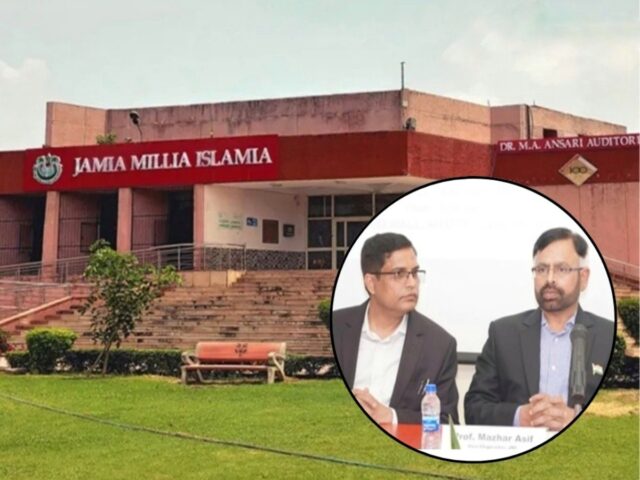Uttarakhand: Two ancient cities buried deep in the earth will be revealed in Uttarakhand, ASI will excavate

There is big news from Uttarakhand for people who are desperate to know about archaeological heritage, excavations and ancient civilizations of the country and the world. Here the Archaeological Survey of India (ASI) is preparing to carry out excavation work to find two ancient cities buried deep in the earth.
The first case is from Almora district. Archaeologists believe that a city of ancient civilization can be found buried under the earth on the banks of Ramganga in Chaukhutiya of Gevad Valley in Almora district. It is being told that ASI has already surveyed Chaukhutiya area regarding this. Now ASI has started preparing for excavation work with the aim of finding an ancient city in this area.
Govishan mound will be extensively excavated
In the past, ASI has found evidence of the existence of an ancient civilization city under the Govishan mound of Kashipur in Uttarakhand. Actually, Panchayatan temple and some other archaeological remains have been taken out from the womb of the earth in the past. Then ASI discovered the Panchayatan temple by digging in a certain area. Now ASI is going to start the effort to find the ancient city by excavating that entire mound.
Possibility of ancient city being buried in Chaukhutiya
The Archaeological Survey of India is engaged in the conservation of ancient cultures across the country. Till now, ASI has excavated many ancient cities buried under the earth in different parts of the country. ASI believes that the ancient city may be buried under the earth on the banks of Ramganga in Gevad valley of Chaukhutia.
Evidence has been found in the survey
ASI has prepared a proposal to unearth the ancient city by carrying out excavations here. According to officials, excavation work will start here soon. Only after excavation will it be possible to know which civilization and which century the city situated here belongs to.
That’s why the claims get strength
According to ASI, the Vakratundeshwar temple of the 9th and 10th century and a group of seven temples of Nath Sampada are present on the banks of Ramganga river in Chaukhutiya. It is clear from the presence of these ancient temples that civilization must have flourished on the banks of the Ramganga River. It is being speculated that a city might have been settled at this place in ancient times. In this regard, ASI has started preparations for excavation.
Excavation work will continue for four years
According to ASI, excavation work is possible in the new year. Excavation work is done in a scientific manner. Excavation teams dig deep into the earth. After that, digging has to be done with small equipment, so that the remains present in the earth’s chest are not damaged. Therefore, the excavation work in Chaukhutia is likely to continue for about four years.
The ancient settlement remained on the banks of the river
According to ASI, ancient civilization generally flourished on the banks of rivers. Along with water, other needs were fulfilled by the water of rivers. In such a situation, in ancient times, settlements used to exist on the banks of rivers, many evidences of this have been found across the country.
Excavation proposal ready
According to Manoj Kumar Saxena, Superintending Archaeologist of the Archaeological Survey of India, Dehradun Division, evidence of an ancient city buried underground has been found on the banks of the Ramganga River. The proposal for excavation here has been prepared, work on it will start soon. He said that a proposal has also been prepared for detailed excavation of Govishan mound of Kashipur.

